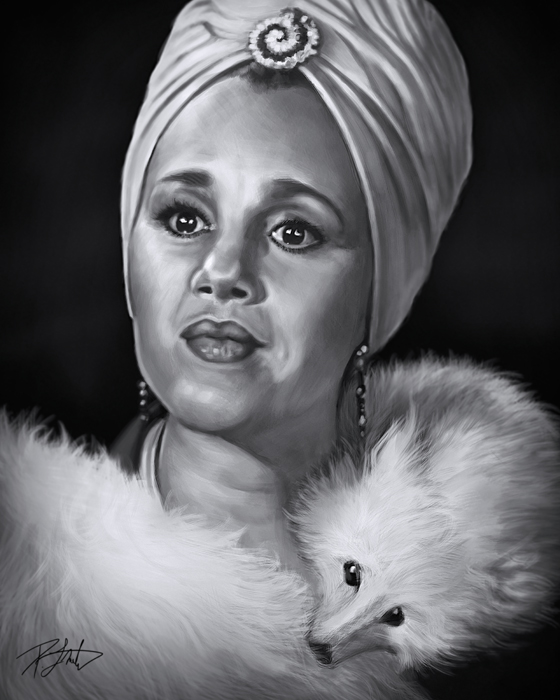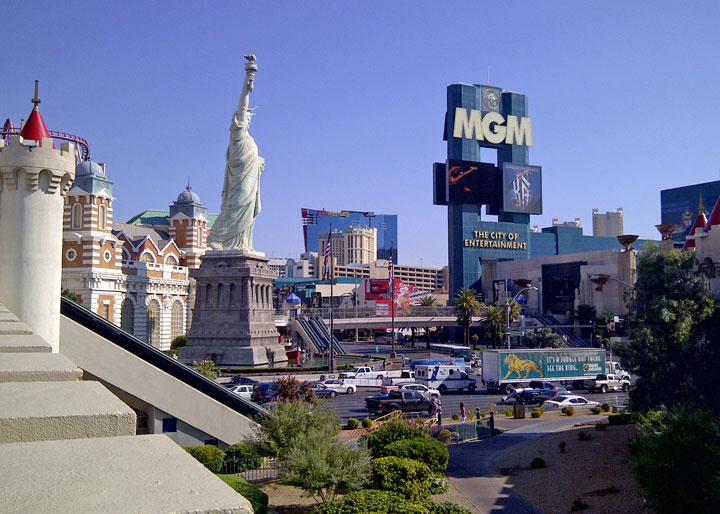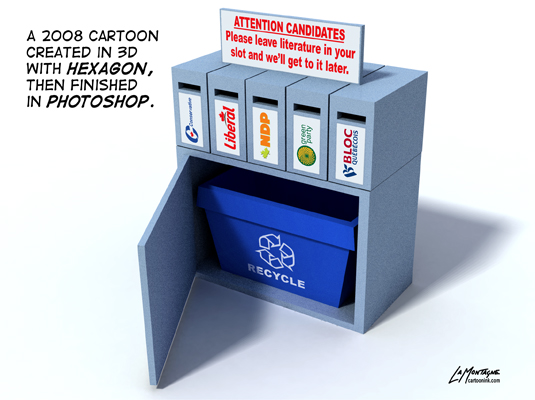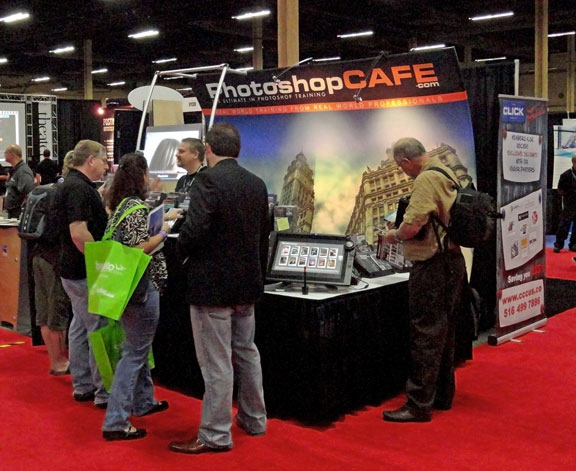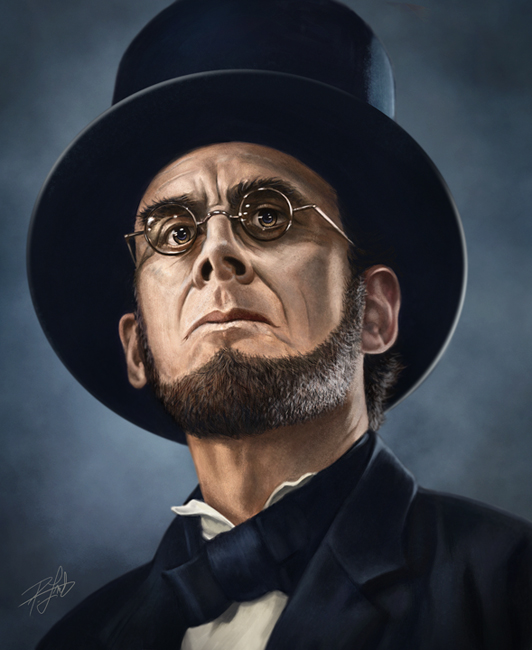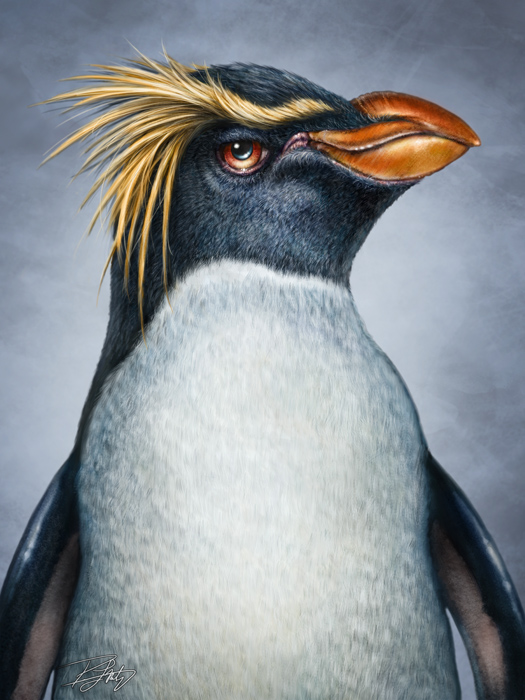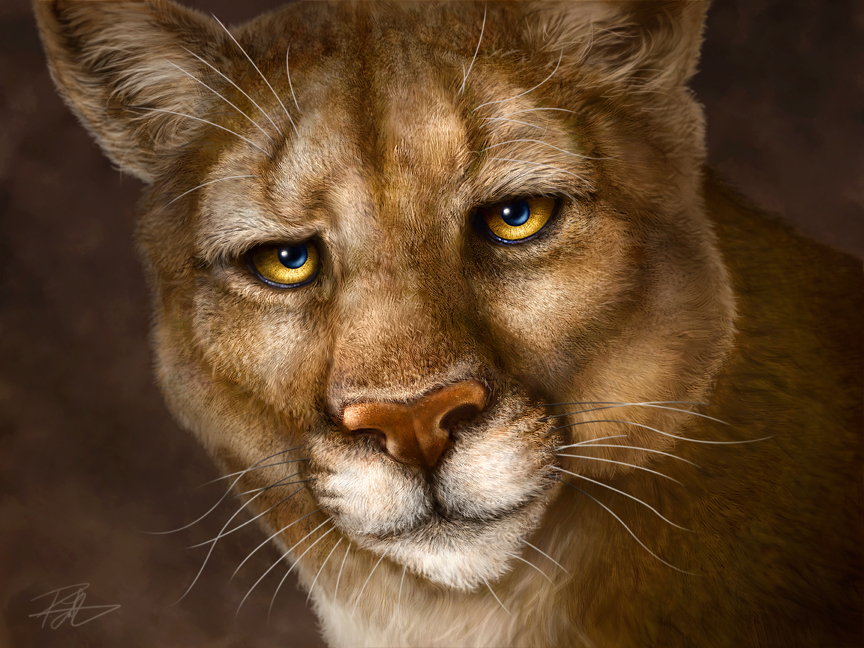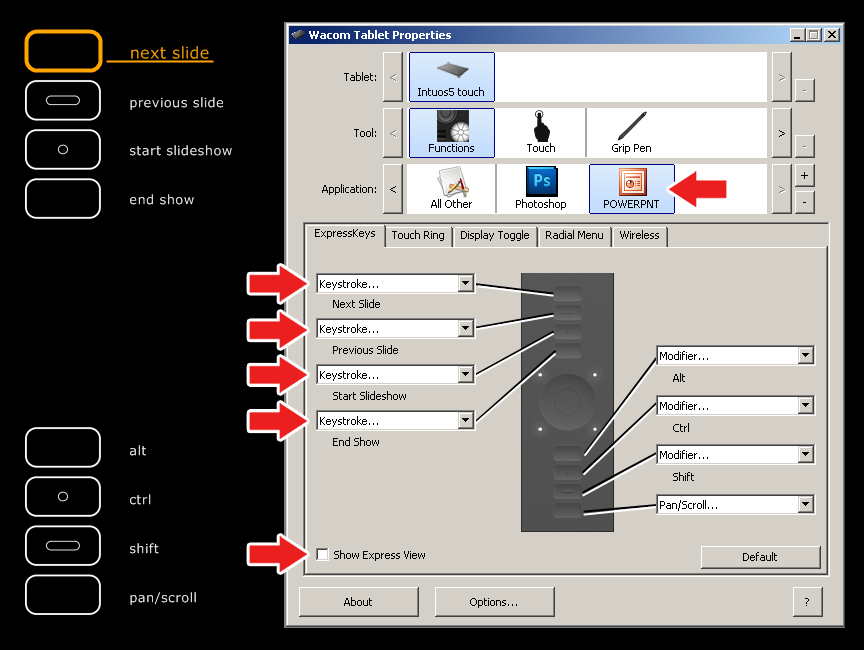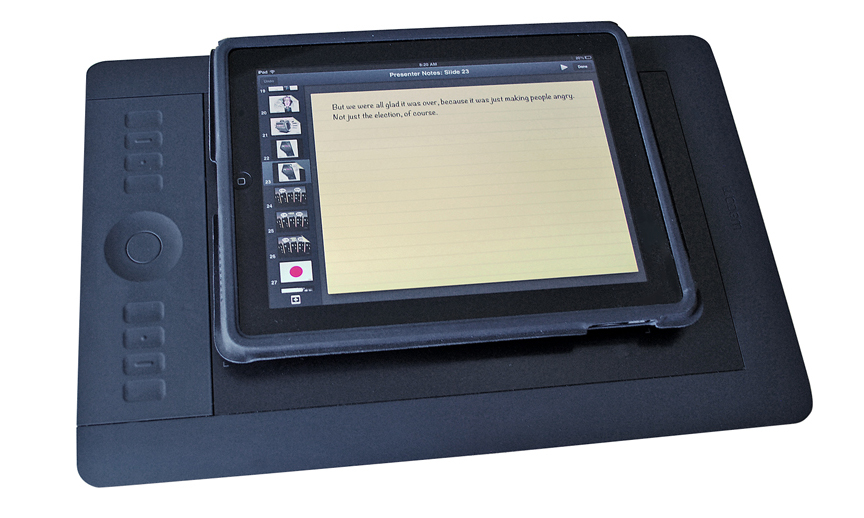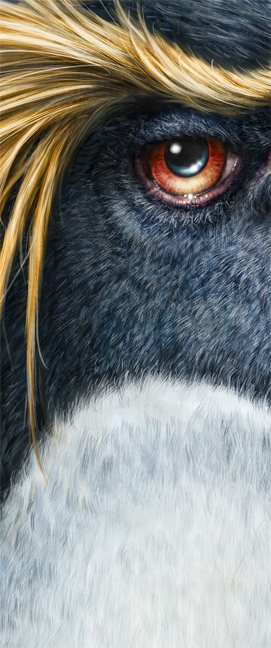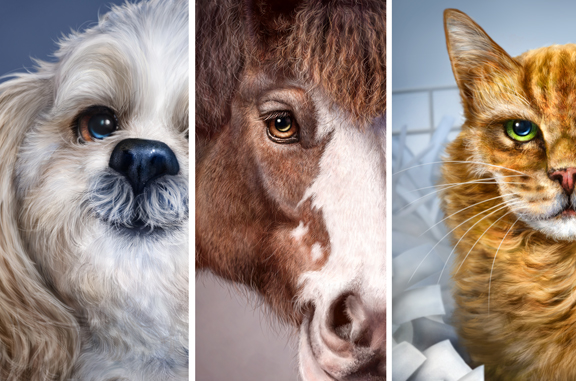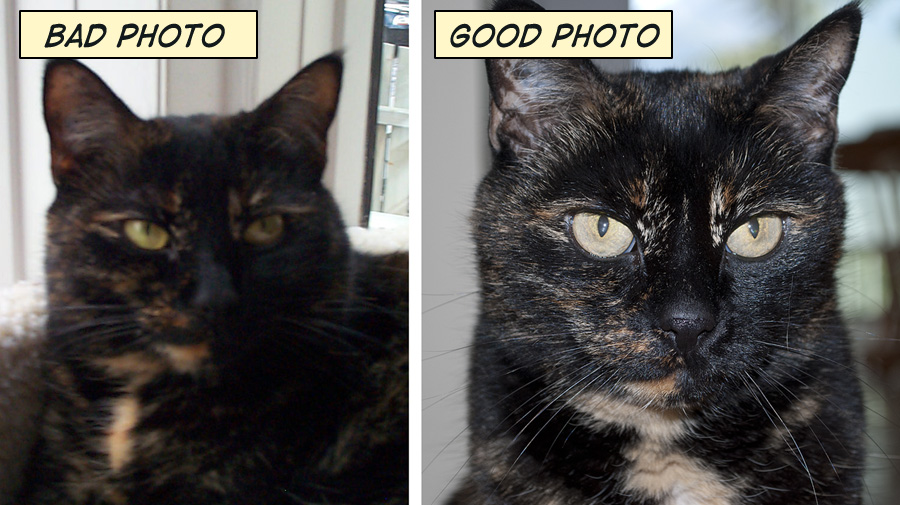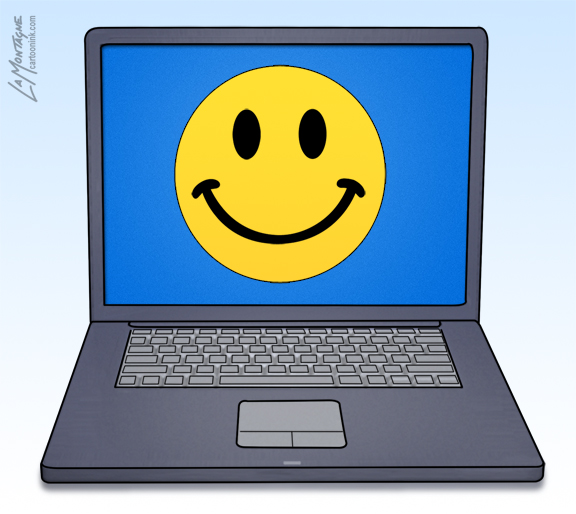Art is a weird job. Whether you’re a musician, painter, photographer or any other professional in a creative field, your job is largely going to be one where you’re flying by the seat of your pants. When you’re first starting out, you spend a lot of time looking to the people who’ve come before you to see how they got where they were going and that’s a good thing. Most success stories start that way. If you’re lucky, as I have been, you’ll find a few mentors along the way, people who might see your potential and give you a helping hand. It’s important to listen to those people because they just may save you from making some mistakes. Oh, you’ll still make lots of mistakes, but if you’re smart, you’ll skip a few, too.
While you’ll always have something to learn as an artist, eventually it’ll dawn on you that you’re no longer a student. You’ll start to realize that not only are you really uncomfortable at the kids table, but you’ve felt that way for some time. Getting up from that table will be uncomfortable as well, because you may not be sure that you’re entitled to. There are some who may turn to look at you with distrust and stern expressions when you do so. Resist the urge to sit back down.
Deferring to your elders will eventually reveal itself to be a double edged sword. While their experience and expertise should be respected and admired, their course is not your course, and in an artistic career, modeling yourself after someone else’s successful career will not propel you forward. It will, in fact, keep you prisoner. At some point, you’ll begin to realize that what worked for somebody else is not going to work for you, based on nothing more than your gut instinct and the knowledge gained from your own experience. Chances are that some who’ve come before you won’t see what you see, and they’ll tell you that you’re doing it wrong. Some will even resent you for your audacity. To move forward, you have to learn to make peace with that and hopefully won’t turn around to see smoke rising from any bridges behind you.
We get caught up in following every little trend and bit of advice, flailing about to hop onto the coattails of others because they may appear to be more successful, and we feel that if they’re doing it, it must be right, even if everything in our being tells us its wrong for our own path. Successful people don’t become so by copying someone else’s dance steps. Photographers that try to be Annie Liebowitz, painters that try to mimic Van Gogh, and actors that pattern themselves after Tom Hanks are eventually going to realize they have no identity of their own and that their life’s work is a poor copy.
Learn from your predecessors, evaluate their methods, and admire their successes, but be yourself. Someone else’s judgment should not supersede your own, simply because they appear to be more successful or have had a longer career. If you only get this one go round, and you’re fortunate enough to be able to do so as an artist, don’t waste it living someone else’s life.

